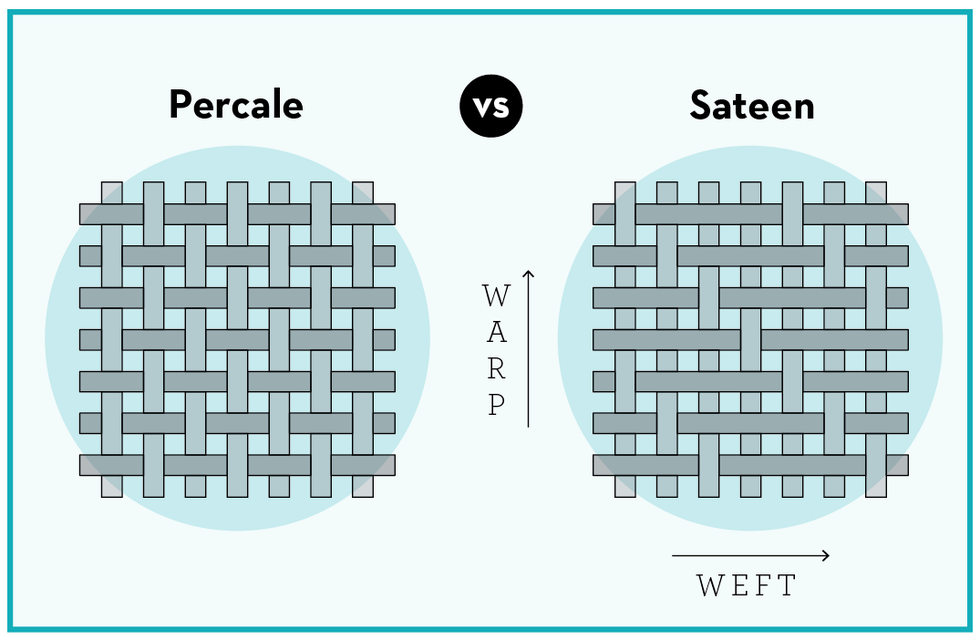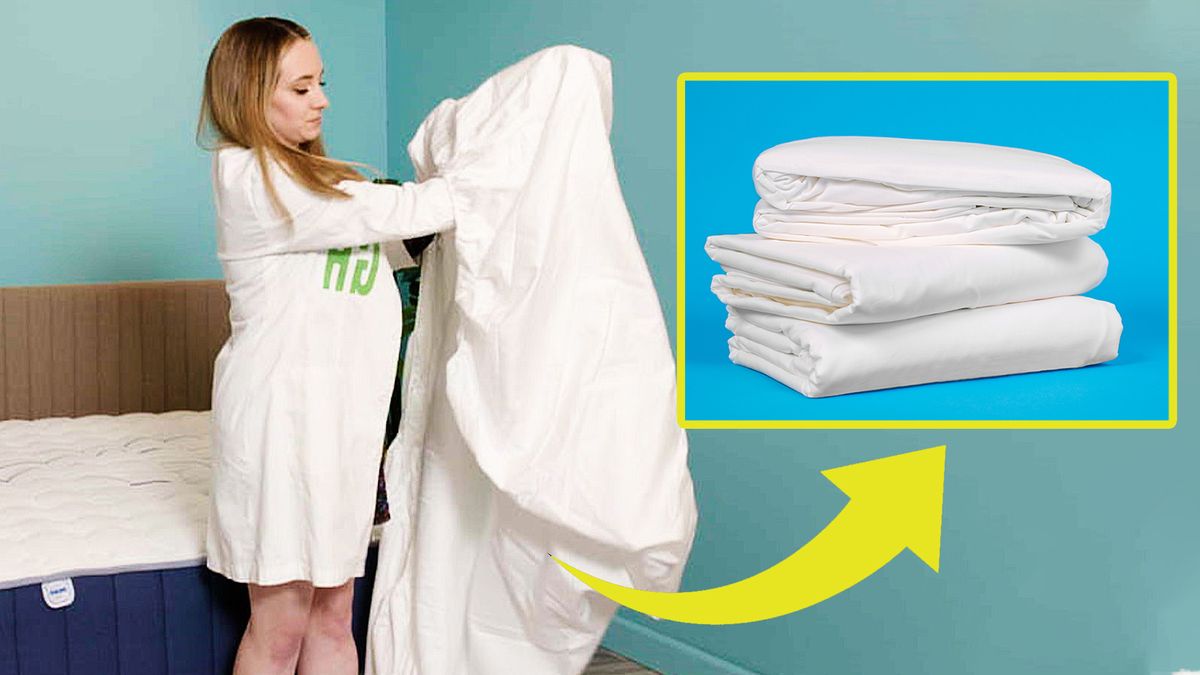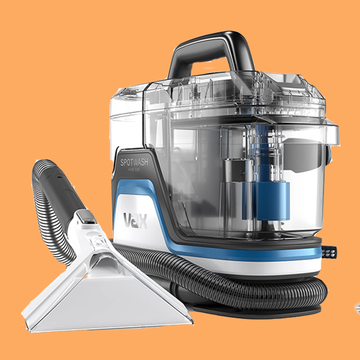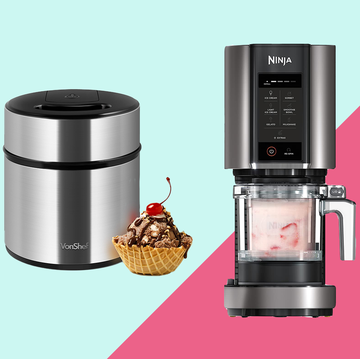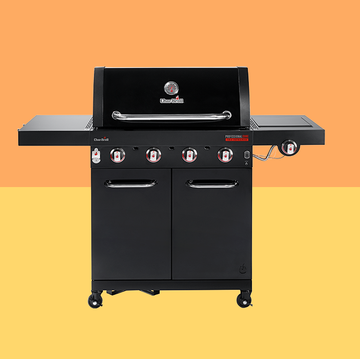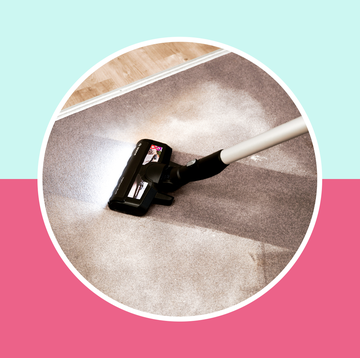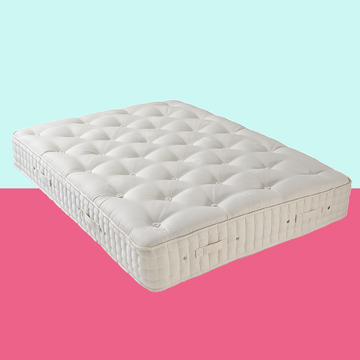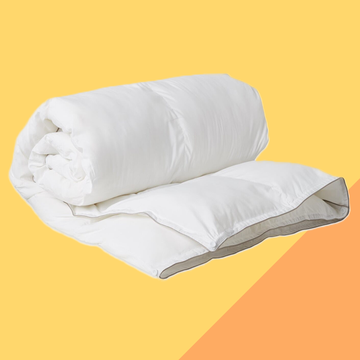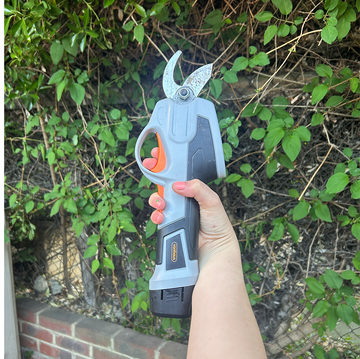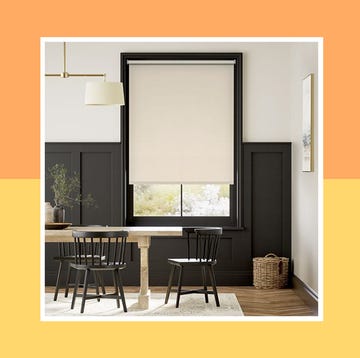To get the best sleep, you need the best sheets. To get the best sheets, you need a high thread count, right? Well, not necessarily.
Our colleagues at the Good Housekeeping Institute Textiles Lab in the US have carried out extensive research, cross-referencing the results of their bedsheet testing with the thread count to see if it directly correlates with high quality. Spoiler alert: it's less important than you may think.
Below, we break down all you need to know about what thread counts actually mean, along with our scientists' findings.
Best sheets | Best Egyptian cotton sheets | Best linen sheets | Best cooling bedding
What does thread count mean?
Thread count is the total number of yarns per square inch of fabric. A high thread count often indicates finer yarns; you can fit more thin yarns into a square inch than you can thicker or coarser strands. As a result, high thread counts have been associated with high-quality fabric because finer yarns are thought to make the sheets softer and more durable.
In reality, thread count is irrelevant for some fabrications. Other factors – like the fibre quality and weave – are often more important when you shop for sheets.
The best thread count for sheets
In our tests, both in the UK and US, the best cotton bed sheets often have thread counts between 300 and 500. Anything above 500 isn’t necessarily better, and you should be skeptical of a thread count over 1,000.
On the flip side, you can still find quality sheets with thread counts under 300. And even though our tests have shown that the 300 to 500 thread count range is a sweet spot, a sheet that falls within this range isn’t guaranteed to be high quality.
When to pay attention to thread count
The only time thread count matters is for 100 per cent cotton sheets with single-ply weaves. A higher thread count could be a sign that smooth, fine yarns were used instead of thicker, coarser strands.
It's still not a guarantee of quality and shouldn't be the deciding factor when you purchase sheets. But it's the only time when thread count is even applicable.
When to ignore thread count
If the sheets aren't 100 per cent cotton with single-ply weaves, chances are thread counts are either misleading or irrelevant. In fact, some brands may not even specify the percentage of cotton or the ply when you shop, which creates even more confusion. Here's why thread count doesn't matter for other materials.
✔️ Multiple-ply yarns: Gimmicky marketers sometimes use two- or three-ply yarns to double or triple the thread count. A two-ply yarn means a thread is made up of two smaller strands that have been twisted together. We first spotted this misleading claim back in 2002, but fortunately, you don’t see it quite as much anymore.
✔️ Polyester or cotton blends: Unlike cotton, polyester fibres are manufactured in a factory and can be produced to be super thin, which means polyester and cotton/polyester blends often have thread counts in the thousands. In fact, we've heard from some manufacturers that they use techniques to make thin polyester yarns with the sole purpose of increasing the thread count claim on their packaging.
Our US lab tested a 1,400-thread-count cotton/polyester sheet set that uses one of these techniques and (not surprisingly) it wasn't a top performer. Polyester does have its own selling points – it’s stronger, more wrinkle-resistant and less expensive than cotton – but it certainly doesn’t feel as luxurious as 100 per cent cotton.
✔️Rayon (viscose, lyocell and modal): These use plants as the raw material, but are chemically processed into semi-synthetic fibres. Similar to polyester, they can be manufactured into thin strands and aren't comparable to cotton.
✔️ Linen and silk: These are natural fibres, but linen sheets and silk sheets still can't have thread counts that are comparable to cotton. Linen is thick, so the thread count is inherently low, while silk is so thin that it's typically measured by fabric weight.
✔️ Flannel and knit fabrics: These sheet fabrics are often made with cotton, but you likely won’t come across thread counts for them because of their construction. That’s because flannel sheets are sold by fabric weight and jersey-knit sheets are made with continuous loops instead of weaves.
The best sheets to buy
We’ll make this one easy for you. Here are some of the best bed sheets from our tests here at the Good Housekeeping Institute in London (all prices listed are for doubles).
How to shop for sheets
Instead of looking for the thread count when you shop, here's what to consider instead as you choose your best set of sheets.
Fibre content
100 per cent cotton is the most popular sheet fabric, and there are premium (i.e. “long-staple”) cottons (like Egyptian cotton sheets) that make the fabric even softer and more durable. Just keep in mind that these sheets may be more expensive, and there have been instances where brands mislabelled regular cotton sheets as Egyptian (our tested guide is a good place to start when shopping).
You can also find cotton/polyester blends, which cost less and are more durable and wrinkle-resistant, but they may not feel as natural. Then there’s 100 per cent polyester, which you’ll see in both microfibre sheet sets that feel super soft and performance sheets that help wick away sweat. You can also opt for linen, which is particularly popular in the summer because it’s breathable and has a relaxed look.
Sheets made of rayon — the umbrella term for "regenerated cellulose" fibres, including viscose, lyocell and modal — have been gaining popularity because of their ultra-soft and smooth feel. Although these sheets often feel smoother and more breathable than cotton ones, they tend to be thinner and less substantial. You may see these described as "bamboo" or "eucalyptus," but note that there isn't any trace of these natural resources in the finished rayon fabric. The raw material is chemically processed to make the rayon fibres. You may also see them described as Tencel, which is a brand name for lyocell and modal.
Construction
This is especially important when it comes to cotton sheets and can make a big difference to how they feel. You’ll typically choose between percale and sateen. Percale is a basic, grid-like weave that feels light and crisp, while sateen is a satin weave that feels soft and smooth because it uses a ‘one thread under, three threads over’ weaving technique. Because of its grid-like weave, percale tends to have a lower thread count than sateen.
Other constructions include flannel for winter and jersey-knit sheets, which feel more like a T-shirt.
The easiest way to fold a fitted sheet
Why you can trust Good Housekeeping
Lexie Sachs is the executive director of strategy & operations at the Good Housekeeping Institute US. She has a degree in fibre science and oversees testing for bedding, including sheets. Lexie has been reviewing sheets since she joined Good Housekeeping over a decade ago, and during this time has rigorously evaluated more than 200 sets herself.
Hannah Mendelsohn is the homes editor at the Good Housekeeping Institute UK. She looks after all our sleep reviews, and has completed a course in sustainable textiles at University of the Arts, London.
Lexie Sachs (she/her) is the executive director of strategy and operations at the Good Housekeeping Institute and a lead reviewer of products in the bedding, travel, lifestyle, home furnishings and apparel spaces. She has over 15 years of experience in the consumer products industry and a degree in fiber science from Cornell University. Lexie serves as an expert source both within Good Housekeeping and other media outlets, regularly appearing on national broadcast TV segments. Prior to joining GH in 2013, Lexie worked in merchandising and product development in the fashion and home industries.
Hannah is our homes editor, specialising in reviewing the latest kitchen appliances, cleaning products, mattresses and bedding, and crafting equipment. Hannah has written about hundreds of products, from air fryers to smoothie makers to pillows, and is committed to finding the most reliable and best value for money buys.
Hannah is also interested in sustainability in the home and has completed a course with the University of the Arts London in sustainable textiles, so she can help cut through the noise on what’s green and what’s not. Hannah has an MA in Magazine Journalism and has previously worked as a freelance lifestyle and women’s sports journalist, working for Stylist, Sky Sports and more.
Hannah has also previously worked in a florist and can normally be found caring for her house plants or sewing something new for her home or wardrobe.








